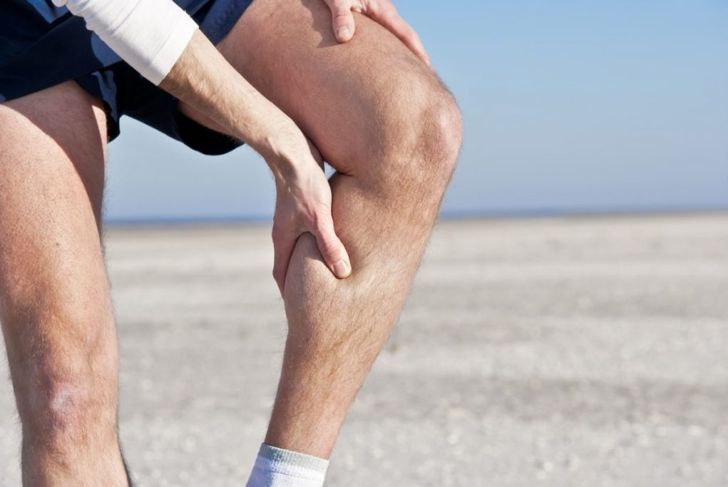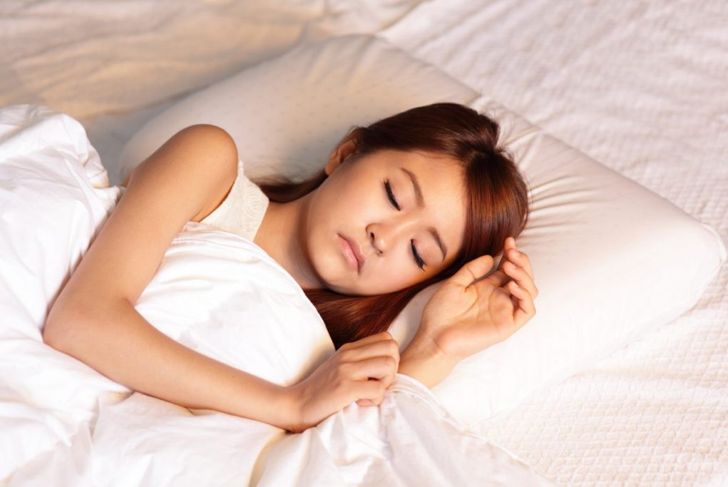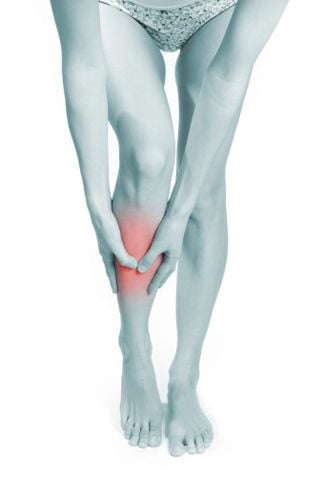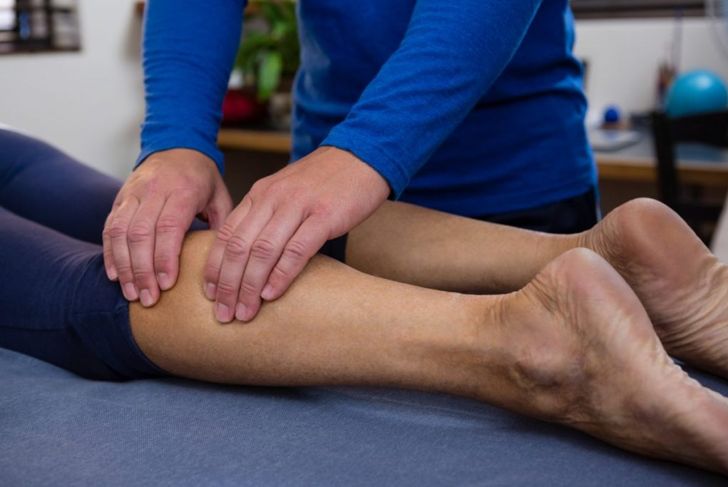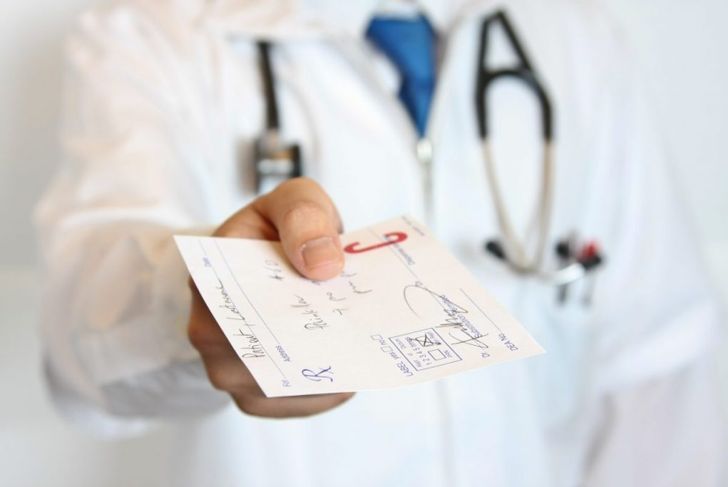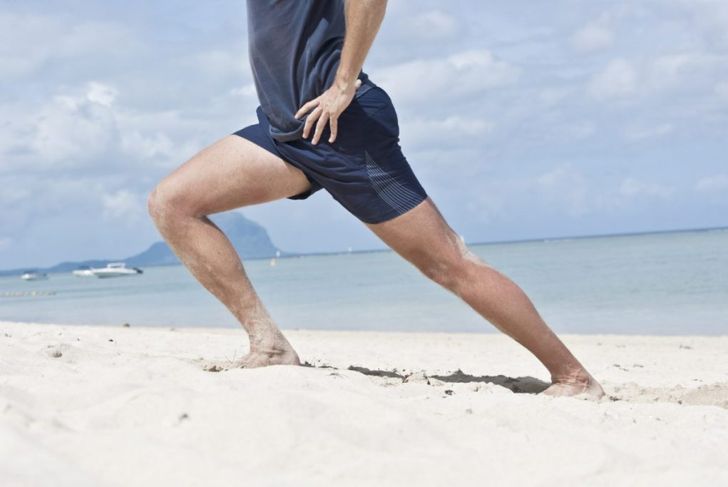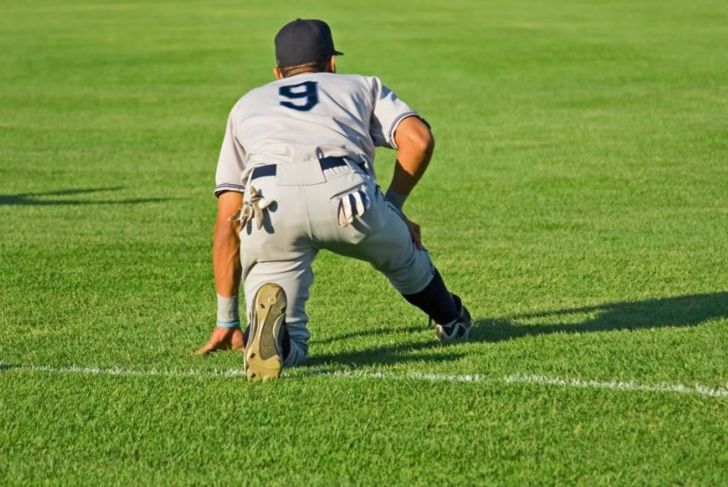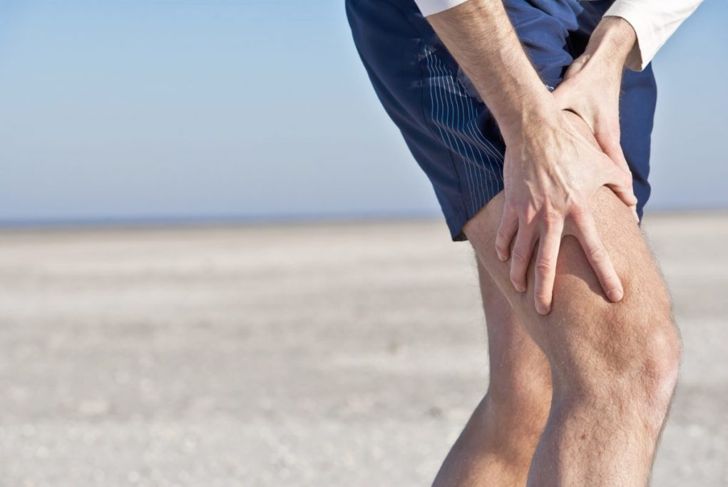Muscle cramps and spasms can be painful, and often come on without warning, during or shortly after exercising, or when falling asleep. Skeletal muscles cause a muscle spasms in the legs that is often referred to as a charley horse. Older adults, athletes, and people with certain medical conditions are most likely to experience muscle spasms.
What a Charley Horse Feels Like
A muscle spasm in the calf is called a charley horse. Most skeletal muscular cramps, especially those in the leg, feel much like a charley horse, often resulting in symptoms such as sharp pain or the sensation of a hard lump or twitching spot just under the skin (where the muscle tissue has contracted). Charley horses usually come on quickly and last for up to 15 minutes.
Why Muscle Spasms Happen
A muscle can become tired and cramp up when overused. A nocturnal leg cramp that tightens up at night while lying still, for instance, could be due to a long period of inactivity or, ironically, overuse of a muscle. A lack of electrolytes, water, or other minerals can irritate muscles, which can also lead to spasms. When a muscle fails to receive adequate blood supply, contractions can occur when the muscles are suddenly asked to become active.
Some Medications Can Cause Muscle Cramps
Many medicines can contribute to muscle spasms. Some diuretics may cause cramps because they decrease the amount of potassium, magnesium, sodium, and fluids in the body. Other medications for conditions as diverse as Alzheimer’s disease, osteoporosis, and Parkinson’s can induce muscle spasms in about ten percent of people who use them.
Diagnosing Muscle Cramps
It is usually quite simple to self-diagnose a muscle cramp, though the cause can be harder to determine. X-rays or other diagnostic tests are not usually used for this event. When a person experiences severe cramping in the calf, for instance, they become immediately aware of the sensation and are generally forced to stop whatever movement they are making while the muscle is in spasm. Often, the muscle that is knotted up will feel hard and tense to the touch and bulge out.
Self-Treating a Charley Horse
When a person experiences a charley horse, one of the best remedies is to keep the muscle gently active until the spasm stops. The individual can also stand near a wall with the forearms against it and bend into the opposite knee and stretch the cramped leg. Flexing the toes and ankle with the leg straight can alleviate foot cramps. Gently massaging the afflicted muscle can also help relax it, as can applying a heating pad and drinking water with electrolytes.
Medical Treatment for Muscle Cramps
Some muscular cramps require medical treatment. If muscle spasms occur because of an acquired injury, a physician may prescribe muscle relaxants over the short-term. If an underlying medical condition is contributing to muscle cramps, the doctor will evaluate the possible causes and determine the best treatment to prevent further cramping.
Preventing Muscle Cramps
People who are physically active who experience regular muscle spasms should take care to stretch both before and after exercising. This can help prevent cramps from physical activity. Drink plenty of liquids for good hydration during activity sessions to replace electrolyte loss and be conscious of the temperature — do not overwork the body in hot or humid conditions.
Keeping Nocturnal Leg Cramps at Bay
Regular stretches before bed can also help prevent leg cramps that occur during rest. Stretch the calves by holding various positions for around 15 seconds and repeating each stretch two or three times. Ensuring proper nutrition can also prevent spasms; include enough calcium and magnesium in the diet, either through foods or supplements.
The Term “Charley Horse”
The phrase charley horse was first used in print in the American magazine Sporting Life in 1886. Though no one knows the reason for these words, there are some theories. British policemen in the 17th century were called Charleys. They had to walk a lot, which made their legs hurt. Another possibility: an American baseball pitcher, Charley Radbourn, held the nickname “Old Hoss.” His leg famously cramped up during a game in the 1880s.
When Muscle Pain is Serious
Most muscle cramps are benign and subside fairly quickly. However, some muscle spasms indicate a more serious underlying condition. If someone experiences muscle cramps along with red eyes, swelling, and discolored skin, they could have developed a blood clot. While not always dangerous, blood clots can break off from their original location and move into the heart or the brain, causing severe complications. When painful cramping lasts for more than 15 minutes, with subsequent soreness continuing for days, it is a good idea to consult a physician. It is possible the limb is receiving an inadequate blood supply or that a nerve has become pinched.

 Home
Home Health
Health Diet & Nutrition
Diet & Nutrition Living Well
Living Well More
More